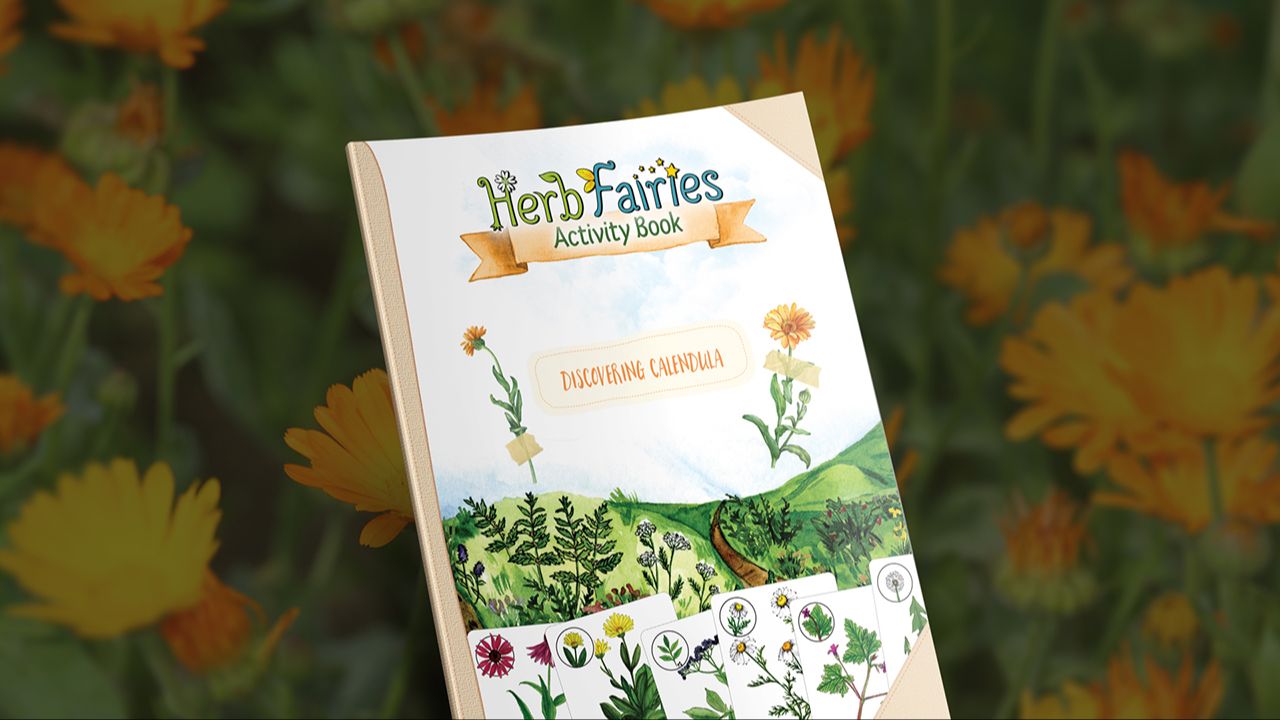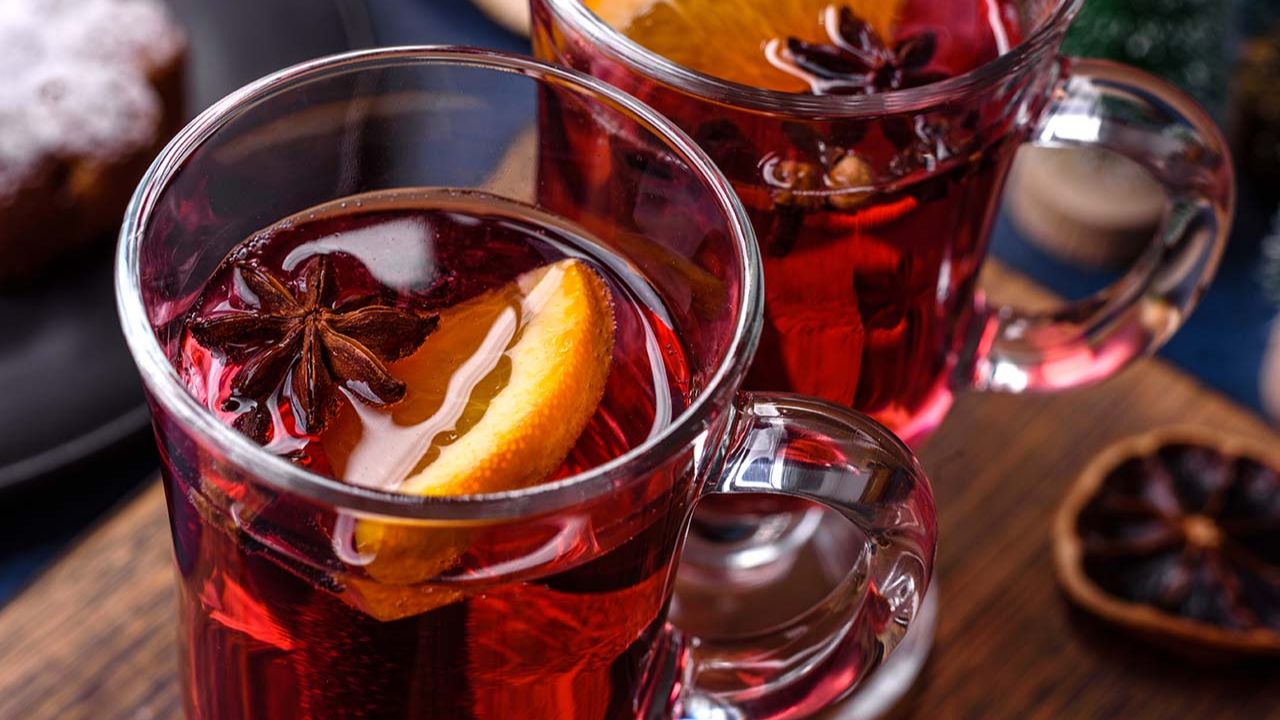
Skullcap Uses and Plant Monograph
With its delicate leaves and small purple flowers, the North American native Scutellaria lateriflora (skullcap) plant has a modest and humble appearance. Found in damp and shady places, this non-aromatic mint often grows in dense, spreading stands.

Skullcap Uses and Plant Profile Summary
- Botanical Name: Scutellaria lateriflora, plus many other Scutellaria species
- Other Common Names: blue skullcap, mad dog skullcap, side-flowering skullcap, many other names for related species
- Family: Lamiaceae (mint)
- Parts Used: aerial portions
- Energetics: cool
- Taste: bitter
- Plant Properties: relaxing nervine, anodyne, antispasmodic, antioxidant, sedative, nerve tonic
- Plant Uses: stress, anxiety, pain, muscle spasms, insomnia, panic attacks, seizures, twitching, teething, tension headaches
- Plant Preparations: fresh extract (tincture), tea, smoking herb
Herbalists reach for skullcap for its ability to relax and soothe the nervous system. Stress, tension, anxiety, nervousness, and panic attacks are all indications for this broadly useful herb.
Historical and Ethnobotanical Use
Skullcap is native to North America and has been used extensively by Native Americans. Much of the ethnobotanical data comes from the Cherokee nation, who have used at least three different species of skullcap for a variety of ailments, including diarrhea, breast pain, and to enhance kidney function. Many other eastern Native American tribes have a long history of using skullcap as well.1
In 1772, Dr. Van Derveer reported that this herb was a cure for rabies. By 1815, he claimed to have used it thousands of times in humans and cows to prevent rabies after bites from rabid dogs. The London Medical and Physical Journal published an account of a Dr. Fiske successfully using skullcap for rabies in a human in 1820.2 (While there are extensive historical documents regarding the use of skullcap for rabies, it’s not recommended today.)
Skullcap entered into the European materia medica in 1787, when it was written about by Johann David Schopf in his book Materia Medica Americana.
The Physiomedicalists and Eclectics of the 19th century also used skullcap and it is through their writings that we see the first use of it as a relaxing nervine to treat a variety of nervous system disorders.
Energetics
Energetically speaking, skullcap is a bitter and cooling herb. It’s especially indicated for people who tend toward a warm constitution. It also provides relief during situations of excitability and overstimulation, such as stress, anger, and panic attacks. Many herbalists have more specific indications for skullcap, which I will share throughout this article. Whether or not you fit the profile for skullcap, it’s worth trying in small doses to see how it affects you. Skullcap tincture generally works very quickly.

Relaxing Nervine
Skullcap excels at relieving acute and intense situations of stress and anxiety. It’s calming and soothing to the nervous system and its effects can be felt immediately.
Sam Coffman, an experienced herbal medic, relies on skullcap for shock-related anxiety. In a Plant Healer Magazine article, he stated, “Skullcap (Scutellaria spp.) and Passionflower are two [herbs] that have never failed me as a formula to help someone cope quickly with shock-related anxiety.”
While it works well for acute situations, it can also be taken long term to broadly support the nervous system and help to reduce the negative effects of chronic stress. As a nerve tonic, it can help people who have been through prolonged periods of stress and feel like their nerves are constantly on edge.
As herbalists we have many relaxing nervines that are specific to anxiety. However, many of these herbs also promote drowsiness [e.g., valerian (Valeriana officinalis), kava (Piper methysticum), hops (Humulus lupulus)]. One of the benefits of fresh skullcap tincture is its ability to relieve acute anxiety without causing drowsiness, lethargy, or foggy thinking.
There haven’t been many studies using skullcap. One randomized double-blind study using healthy volunteers found that skullcap “significantly enhanced global mood without a reduction in energy or cognition.”3
Twitching Muscles and Spasms
Skullcap is admired for its ability to reduce muscle twitches and involuntary muscle spasms. Many entries in the Eclectic herbal literature state it was a favorite for “chorea” (involuntary muscle spasms) and was often combined with black cohosh (Actaea racemosa) for calming these spasms.
Insomnia
Fresh skullcap tincture isn’t a strong sedative, yet it can be used to help someone who’s having difficulty with sleep in a couple of different ways.
One specific indication for skullcap is someone who has tense muscles and can’t relax enough to fall asleep. Restless legs at night might also be calmed with skullcap, although I would also consider adding a magnesium supplement in these cases.
Herbalist 7Song uses skullcap for a restless mind at night: “I see it most useful for people who constantly need to take charge. They make constant contingency plans and feel personally insulted when things don’t go their way. They may have insomnia and cannot initially fall asleep due to thinking about all the things they could have done differently that day. They might worry about their performance about everything (‘was the dinner okay?’) and are expert at criticizing themselves, and others.”4
For working with more difficult cases of insomnia, skullcap tincture can be combined with stronger sedative herbs like valerian (Valeriana officinalis) or hops (Humulus lupulus).
The Eclectic herbalists recommended a very strong infusion of skullcap for insomnia. This preparation has stronger sedative properties than the tincture. (See the Plant Preparations section below for recipe instructions.)
Pain
Skullcap is a mild anodyne herb and is particularly suited to relieving pain due to muscle tension, including headaches and temporomandibular joint (TMJ) tension in the jaw. It was historically used for irritability brought on by the pain of teething.
While skullcap isn’t the strongest herbal remedy for pain, it can be combined with other herbs to increase the pain-relieving effect. 7Song explains, “It can help focus and amplify the efficiency of other remedies. For instance, if you are giving crampbark (Viburnum opulus) for menses pain, try adding some skullcap to the mix as it can augment the crampbark to help with the cramping. Other examples include using it with feverfew (Tanacetum parthenium) for headaches, or Pedicularis for back pain.”5
Different Scutellaria Species
While Scutellaria lateriflora often gets most of the attention, many different species within the Scutellaria genus are used in similar ways, including S. galericulata, S. canescens, S. cordifolia, and others.
Baikal Skullcap (Scutellaria baicalensis) is a Chinese medicinal root that is in the same genus, but is used quite differently. It is a powerful anti-inflammatory and antiviral herb that is commonly used for infections and fevers.

Wildcrafting Skullcap
Different species of skullcap grow across North America. While these plants aren’t explicitly at risk, they could easily be overharvested since they don’t grow in profusion.
It’s important to keep ethical wildcrafting considerations in mind when harvesting skullcap. Make sure there are many well-developed stands in the vicinity where you plan to harvest. You should take only a small percentage of the plants, leaving healthy populations behind and being respectful of the ecosystem where it lives by avoiding trampling the area.
The top two-thirds of the plant can be harvested, leaving the roots and bottom one-third of the aerial portions intact. In this way the plant can continue to grow.
Plant Preparations
Skullcap can be prepared as a tincture, tea, oil infusion, or smoking herb. Here are some basic suggestions for each preparation.
Tincture
Skullcap is best tinctured when fresh. I prefer 95% alcohol at a 1:2 ratio, but have seen other herbalists use as low as 40% alcohol. The standard recommended dose is 3-5 ml three times per day. I have not seen adverse effects when using even larger dosages. As always, it’s best to start with the lowest dose and slowly work up until the effective dosage is found for the individual.
Infusion
A strong tea of skullcap can have more strongly sedative qualities than the tincture. Since drinking a lot of liquid before sleep isn’t a great idea, I recommend five grams of skullcap infused in eight ounces of water for 15 minutes. This can be taken an hour before the desired bed time. Total recommended dose per day is 6-15 grams.
Skullcap can lose its potency fairly quickly after drying. For best results in making tea, use skullcap that has been dried within the past six months.
To make “a very strong infusion,” the Eclectic guide King’s American Dispensatory recommends “half an ounce of the recently dried leaves or herb to 1/2 pint of boiling water.”
Smoking Herb
Skullcap is very relaxing when used as a smoking herb. It’s often combined with other herbs such as damiana (Turnera diffusa). Simply use the dried herb alone or in a smoking blend by your preferred method: placed in a pipe, rolled in a paper, or heated in some sort of vaporizer designed for dried herbs.

Common Formulations
While skullcap is often used as a simple (a single herb), it is also commonly formulated with other relaxing nervines or sedative herbs. Here are some common examples of herbs that might be combined with skullcap:
- Black cohosh (Actaea racemosa)
- California poppy (Eschscholzia californica)
- Chamomile (Matricaria chamomilla)
- Hops (Humulus lupulus)
- Lobelia (Lobelia inflata)
- Passionflower (Passiflora incarnata)
- Valerian (Valeriana officinalis)
Dosage Suggestions
- Tea: 5-15 grams dried leaves and flowers per day
- Tincture (fresh): 1:2, 40%. 3-5 ml, three times a day
Special Considerations
- Skullcap is considered a safe herb that can be used by most people.6
- There is no evidence that skullcap is contraindicated in pregnancy and lactation, but safety has not been proven either.
- A few decades ago, skullcap was wrongly accused of causing liver damage. We now attribute these claims to adulterated herbs. The American Herbal Pharmacopeia monograph reports, “In the late 1980’s several disturbing cases of purported skullcap-induced hepatotoxicity were reported. In each case the products used were multi-herb formulas, and each contained what was purported to be skullcap. However, none were investigated for content and the botanical germander (also known as pink skullcap; Teucrium canadense), a known hepatotoxin, has been a relatively common adulterant of the skullcap market for decades and persists today.”7










